I always wanted to play this game.
It turns out to be quite a slog. A point-buy characters system with elaborate tactical combat rules turns out to be a very bad combination for getting a game off the ground. I had thought that things would work well if I interpreted everything through the lens of the old Wizard microgame, but GURPS Second Edition is not that sort of game at all.
It took one hour and forty minutes to play out a simple duel in a blank arena map. We had to look very closely at the rules for missile spells and the rules for close combat. At one point the goblin pit fighter failed on an attempt to tackle my fireball thrower. The guy was on the ground right at my feet and I could not find any relevant modifier to this to use to adjust the to-hit roll. Even though not getting a dodge roll was a nice perk, this was irritating. Another thing to come up was that we were completely on our own to adjudicate how to find somebody to attack them when they are inside a circle of 7 hexes of darkness somewhere.
I had allowed “patrons” into the game on a very loose basis so that they could bet on the proceedings and possibly interfere. I thought perhaps to get them character stats, but honestly… I am not sure that anyone cares. The idea of these entities as a faction is more important. Their stables of arena fighters, the amount of muscle that they have available, the objectives that they might have against each other… all of this seems well beyond the default scope of the early GURPS System. At this time I am not sure what to do with it.
The feel of spellcasting in early GURPS is quite different from Wizard. The Blur and Flash effects are effectively permanent. Being able to cast one-point fireballs on an infinite basis is quite unusual. Walking around with a fully charged up fireball that’s ready to throw is fun. I am not quite clear on spell spoilage rules and concentration just yet.
We need character point awards for the session here. I think three for the winner and one for the loser is fine. Attempting to rise above the status level of a slave is the default objective for the game. Buying off the Dead Broke advantage may be the first order of business, however. But for old Fireball here, I can’t see him doing anything else but buying up another skill level in Throwing right now.
There is a tremendous pressure to switch to GURPS 4e. The rules I have selected that I want to explore are not available anywhere except eBay and this turns out of be a nearly insurmountable hurdle for the game. I am the only person with the books and the only person that desires rules mastery of them, so this makes me a bottle neck for anything getting instantiated in the game. I don’t like residing in that position at all.
Update: After the game I realized that I had forgotten to roll the skill check for charging up new fireballs. I rolled them after the game and they all succeeded and none of them got critical successes or failures. Later we realized that we had also forgotten to apply the damage bonus that comes from Brawling skill. Our patron player assumed that this meant that the goblin mage had thrown the match. This seems to me to be a strong interpretation that says something about the campaign world, so I elect to lean into this. The experience awards should be adjusted to 2 character points to each combatant.
Here are in-character accounts of the campaign activity from our very helpful patron player:
Game day is here mooks. We’re taking bets right up until that Goblins feet hit the sand so get out your coin purses .
Win $1 for every $1.10 ya put down and get her Pin.
Remember proceeds might go to funding better roads for Orphans.
Odds
Fireball 1:1
Pitman 2:1
Bob Arum: $1000 on Fireball
Don King: $1000 on Pitman Da Gobbo
Karl Karlsonsonson: $1000 on Fireball
From the Journals of Wimpy, the No Longer Penniless, in which he began his career of monies after a day at the Arena with a Goblin Pitfighter:
The arena buzzed with anticipation as the crowd roared with bloodlust, their chants echoing off the stone walls like the rumble of distant thunder. I stood in the center, my robes billowing in the wind as I faced off against my opponent: a goblin, small in stature but fierce in spirit.
As the goblin charged towards me, I raised my staff, channeling the raw power of the elements into a swirling vortex of flames that danced at my fingertips. With a fierce cry, I unleashed the fireball, watching as it soared across the arena and slammed into the goblin’s chest with explosive force. To my surprise, the goblin blurred before my eyes, his form twisting and contorting as he dodged the fiery blast with uncanny speed. Before I could react, he was upon me, his blows raining down upon me with relentless fury.
I stumbled backward, pain shooting through my body as I struggled to regain my footing. With a grim determination, I charged up a new fireball, the flames crackling with renewed intensity as I prepared to unleash hell upon my diminutive foe. Just as I released the spell, the goblin disappeared from my vision as light flashed in my eyes, leaving me disoriented and confused. I blinked, trying to regain my bearings, but before I could react, he reappeared in view, his eyes gleaming with malicious intent.
As the light dazzled my senses, the goblin launched himself at me once more, his movements fluid and graceful as he danced around my attacks with uncanny agility. With each blow he landed, I felt my strength waning, my resolve faltering in the face of his relentless onslaught.
Yet. Still, I fought on. Trading blows with the goblin in a deadly dance of death and destruction. Sometimes I would summon the elements to my aid, hurling fireballs and bolts at him with all the power at my disposal. Other times, he would catch me off guard, slamming into me with brute force and ferocity.
It was a battle of attrition, a war of wills as we clashed again and again in the arena’s blood-soaked sands. I missed several times, my spells going wide as the goblin ducked and weaved with infuriating speed. But still, I pressed on, refusing to give up even as the odds seemed stacked against me.
And then, just when it seemed like all hope was lost, I managed to land one final blow, a double-sized fireball that engulfed the goblin in a blaze of searing flame. With a triumphant roar, I watched as he stumbled and fell, his body consumed by the inferno until nothing remained but ash and embers.
As the crowd erupted into cheers and applause, I collapsed to my knees, exhaustion washing over me like a tidal wave. It had been a hard-fought victory, won by the narrowest of margins, but in the end, I emerged victorious, the last mage standing in the arena of death and despair.
Megalos At Night Urgent Update:
It appears that rumors of Pitfight da Gobbo throwing Mondays duel were true. Without a doubt those little muscles were not used to their full extent. Authorities are seeking information, will offer immunity and reward those who come forward.
The integrity of the Megalos Arena is of utmost importance. Do your duty citizen.
Now a word from our sponsor:
Seeking restitution for damages due to thrown Duels? Sir Lukius Not-medici is here to help. A small retainer is all I ask and you get to keep 100% of your, ah, settlement.
—
Wimpy Penniless Fireball Wizard
ST 12 [20]
DX 13 [30]
IQ 14 [45]
HT 12 [20]
Thrust: 1-1
Swing: 1+2
[15] Handsome (+2/+4 reactions)
[-20] Dead Broke
[-10] Megolomania
[15] Magical Aptitude
[-20] Social Status -4
15 points in skills:
[8] Throwing [PH] DX+1 14
[4] Carousing [PA] DX+1 14
[1] Climbing [PA] DX-1 12
[2] Stealth [PA] DX 13
10 points in spells:
[1] Ignite Fire [MH] IQ-2 13 *
[1] Create Fire [MH] IQ-2 13 *
[1] Shape Fire [MH] IQ-2 13 *
[4] Fireball [MH] IQ 15 * **
[1] Simple Illusion [MH] IQ-2 13 *
[1] Sound [MH] IQ-2 13 *
[1] Complex Illusion [MH] IQ-2 13 *
* Includes magery bonus
** Spells at skill 15 cost 1 less energy
Large Knife
cutting, 1, C 1
impaling, 1-1, C
Thrown Large Knife
impaling, 1-1, P-B -, Inc. 1, 1/2 8, Max 15
—
Pitfight Pitman
ST 10
DX 10
IQ 14 [45]
HT 14 [45]
Thrust: 1-2
Swing: 1
[-20] Dead Broke
[-10] Impulsiveness
[15] Magical Aptitude
[-20] Social Status -4
[10] Night Vision
22 points in skills:
[8] Shield [PE] DX+3 13
[2] Gambling [MA] IQ 2
[8] Brawling [PE] DX+3 13
[4] Alchemy [MVH] IQ-1 13
13 points in spells:
[1] Light [MH] IQ-1 13 *
[1] Continual Light [MH] IQ-1 13 *
[4] Flash [MH] IQ+1 15 * **
[2] Darkness [MH] IQ 14 *
[4] Blur [MH] IQ+1 15 * **
[1] Seek Water [MH] IQ 13 *
* Includes magery bonus
** Spells at skill 15 cost 1 less energy



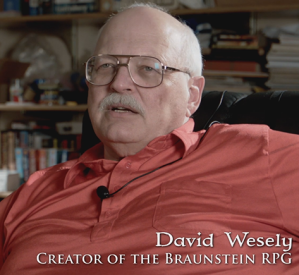
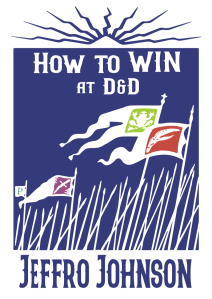
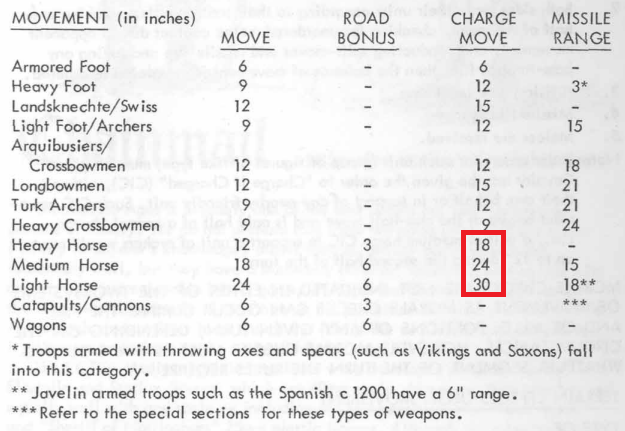
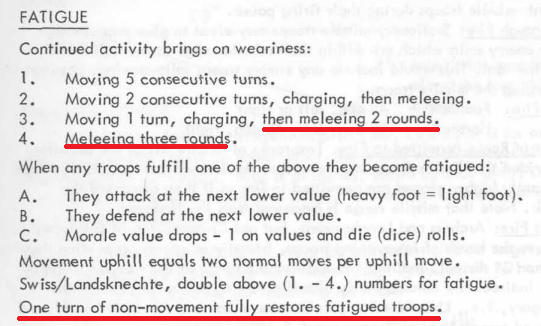
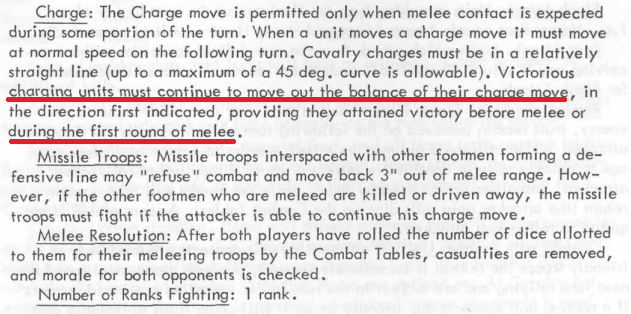
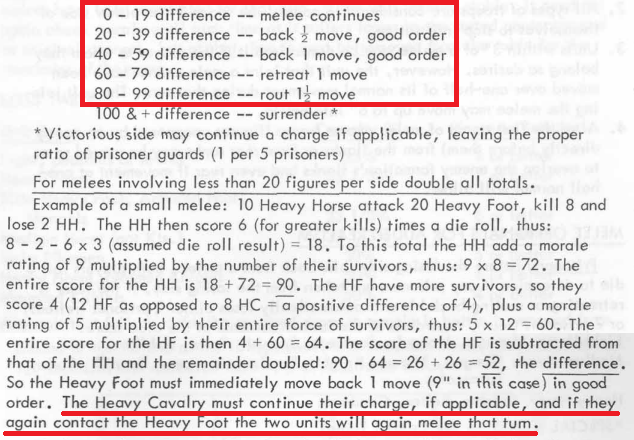
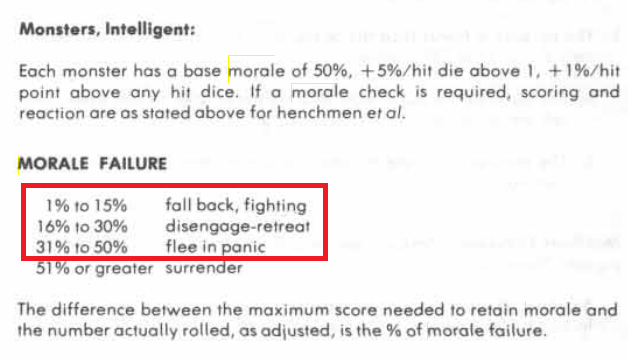
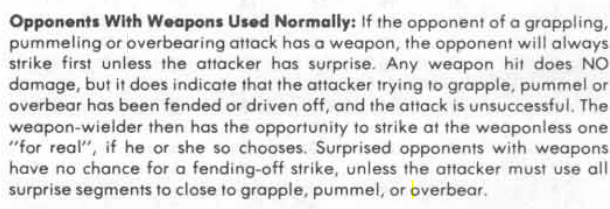
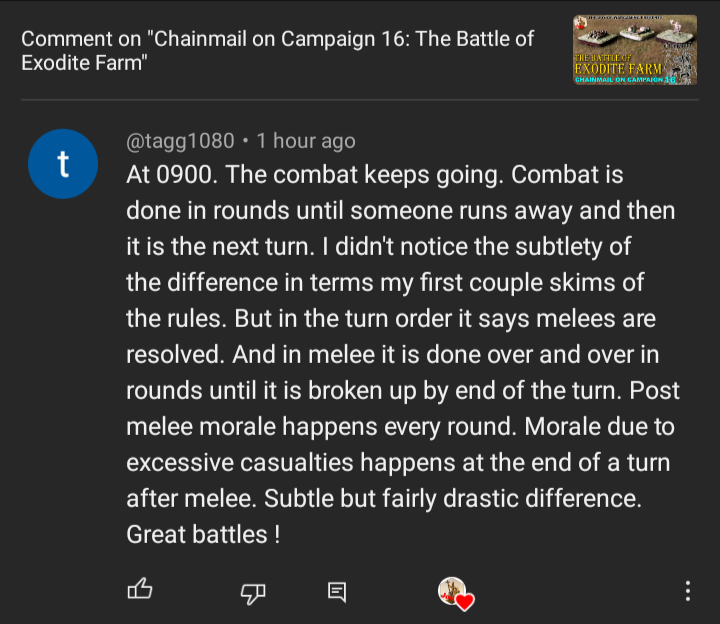

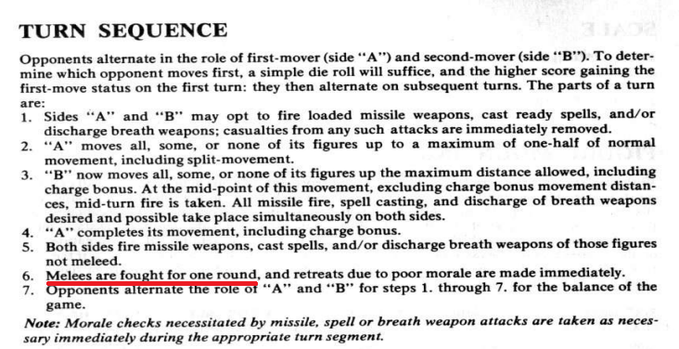
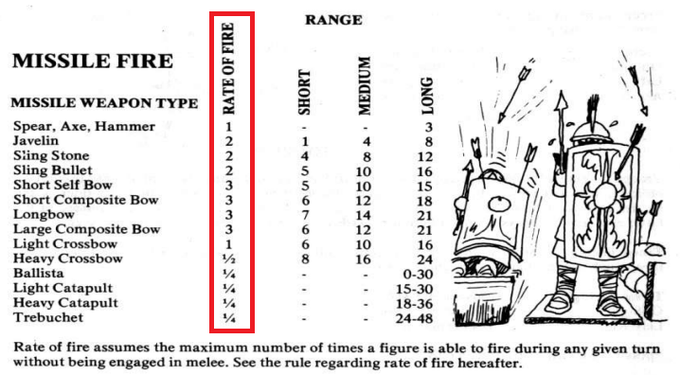
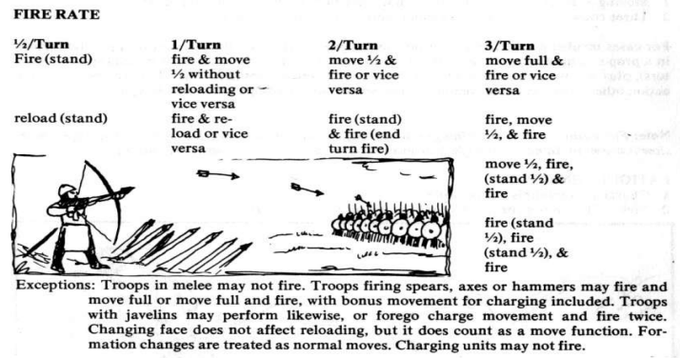
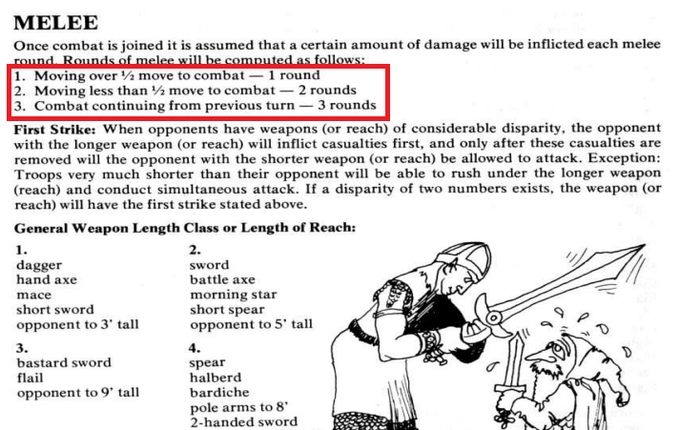

Recent Comments